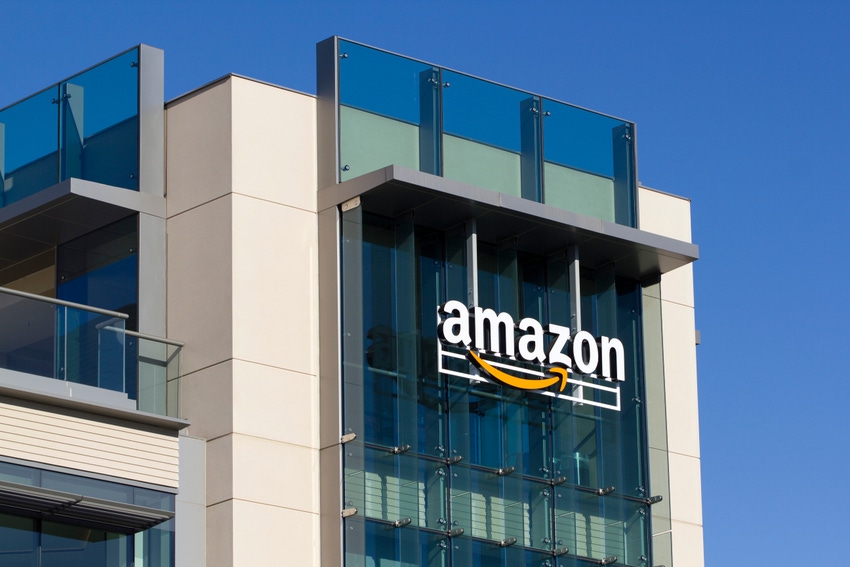Amazon supplements sales bounce back after flattening
Supplements sales on Amazon flattened following the Covid-19 pandemic before returning to healthy growth, according to an analyst with SPINS/ClearCut Analytics.
January 2, 2024

At a Glance
- Sales of supplements on Amazon exploded during the Covid-19 pandemic, then dipped.
- Growth on the e-commerce platform has returned, based on sales for the 12 months ending in August.
- Protein, meal replacements and prebiotics are among the hot-selling categories of supplements on Amazon.
Amazon, the No. 1 retailer of supplements ahead of heavyweight brick-and-mortar chains like Walmart and Target, continues to hold its ground, raking in $12.6 billion in total vitamin, minerals and supplements (VMS) sales for the 12 months ending in August 2023, according to data from SPINS/ClearCut Analytics.
Amazon’s VMS dollar sales grew 14.6% compared to the year prior, and VMS unit sales exceeded 472 million over the last 12 months and grew 8.5% compared to the year prior, the data show.
Amazon’s growth in the dietary supplements space skyrocketed during the Covid-19 pandemic.
“We saw some very crazy [growth] numbers during Covid, [in] 2020 and 2021, and then we started seeing the category, the department itself, completely slow down,” Daniel Harari, general manager of e-commerce solutions for SPINS, and co-founder of ClearCut, told Natural Products Insider. “So we were unsure if the growth would be sustained on Amazon in 2023.”
Despite concerns, Harari said in an interview in October that the platform has seen “a good balance back” of growth into the low double-digits for vitamins and supplements.
‘Flattened’ growth turns healthy
After dominating the supplements market in 2020 and 2021, Harari said the category’s sales on Amazon started to flatten.
“We saw a complete flattening out of the growth, to the point where it was pretty flat across most categories,” he explained. “Our assumption is that there was a lot of forward buying from consumers that were stocking up on stuff, and so people were buying much more than they would’ve otherwise been purchasing.”
When consumers were ready to repurchase goods, the online retailer’s sales picked up. Harari said Amazon’s VMS growth has achieved a “healthy pace.”
Protein, meal replacements
“It’s important to take a look at the very largest categories on Amazon, like protein powder, like probiotics, like multivitamins, and see whether those categories are still growing at a healthy pace,” he said. “We’re seeing very strong growth for these still.”
Protein and meal replacements, which includes collagen and plant- and animal-based proteins, was the top VMS subcategory in terms of dollar sales on Amazon for the 12 months ending in August, with sales of nearly $1.6 billion.
The subcategory grew 17% compared to the year prior, which saw sales of just over $1.3 billion. The subcategory also achieved 6% growth in unit sales for the 12 months ending in August, compared to the year prior.
Prebiotics, probiotics
Following protein and meal replacements is prebiotics and probiotics, which achieved dollar sales of $775.8 million on Amazon during the same period, and growth of 26% compared to the year prior.
Multivitamins, the third-largest subcategory, achieved dollar sales of $683.1 million for the 12 months, and growth of 12% compared to the year prior.
“That tells you that the industry is healthy because the core products are still growing at a really healthy pace on Amazon,” Harari said.
Electrolyte powders
Adding to the health of Amazon’s supplement marketplace is a steady introduction of new types of subcategories and ingredients into the VMS channel, Harari added.
He pointed to electrolyte powders, currently the fifth-largest subcategory within the VMS channel, as an example. Electrolyte powders garnered sales of $556.9 million for the 12 months ending in August with growth of 25% compared to the year prior.
“We’re seeing just a healthy introduction of new types of subcategories and ingredients into VMS that are becoming formidable subcategories,” Harari said.
Creatine
In terms of dollar sales growth, creatine took the top spot with a whopping 65% growth for the 12 months ending in August, compared to the year prior. Creatine sales on Amazon jumped to $241.7 million, up from $146.6 million the year prior, according to SPINS/ClearCut. Creatine’s boost in sales is largely attributed to a widening of the creatine market.
Following creatine is whole food supplements, which includes fruit- and vegetable-based supplements like greens powders (59%); amino acids (39%); minerals (28%); and digestive aids and enzymes (27%).
Creatine was also Amazon’s top VMS subcategory in terms of unit growth, achieving 60% growth for the 12 months ending in August, compared to the year prior. Whole food supplements ranked as the No. 2 subcategory in terms of unit growth (46%), followed by calmative and mood support (33%), amino acids (30%), and hydration and electrolyte (23%).
About the Author(s)
You May Also Like






.png?width=800&auto=webp&quality=80&disable=upscale)